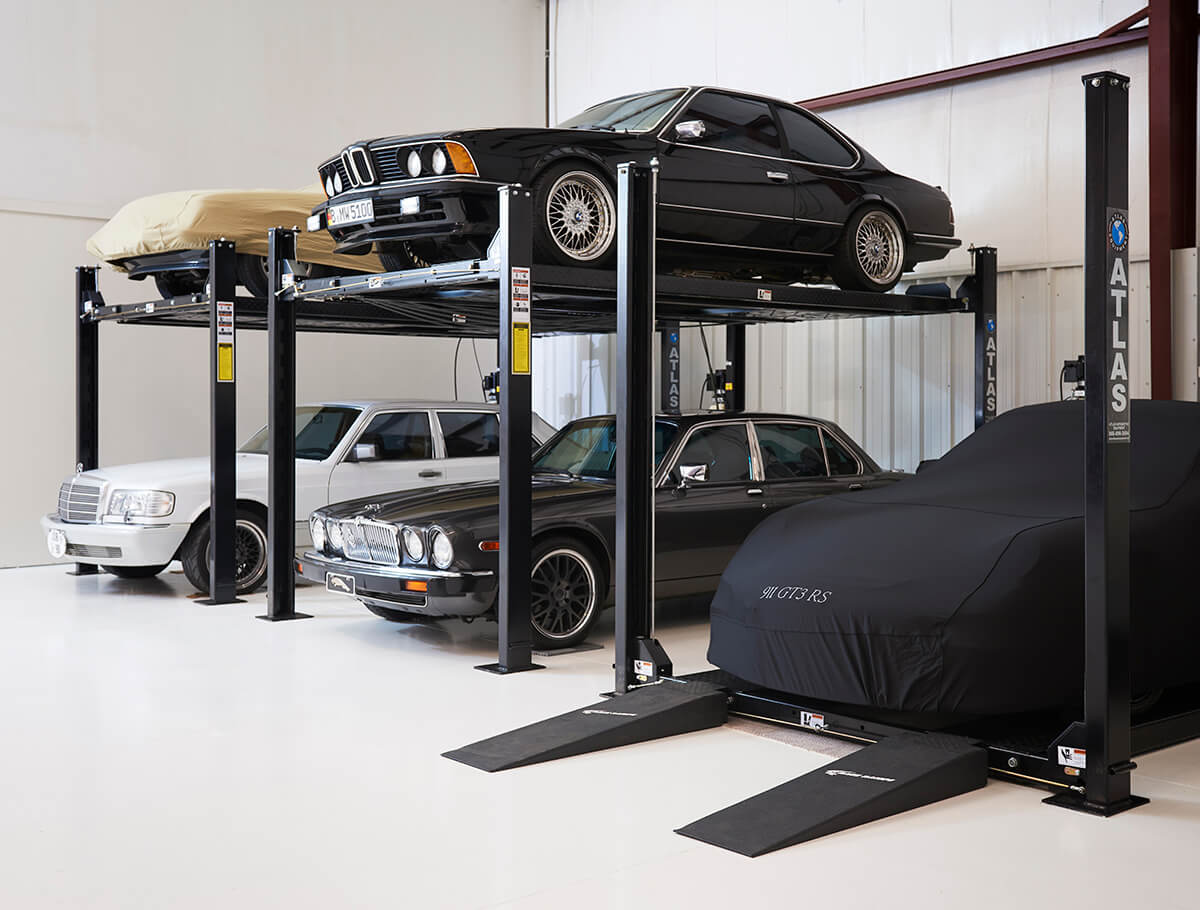

Articles
How To Store A Classic Car
Modified: October 20, 2024
Learn how to properly store a classic car with our informative articles. Get expert tips and advice on preserving the value and condition of your vintage vehicle.
(Many of the links in this article redirect to a specific reviewed product. Your purchase of these products through affiliate links helps to generate commission for Storables.com, at no extra cost. Learn more)
Introduction
Welcome to the world of classic cars! Owning a vintage vehicle is not just about the beauty and elegance; it’s also about the responsibility of preserving its history and ensuring its longevity. Whether you’re a collector or an enthusiast, storing your classic car properly is essential to maintain its value and ensure that it remains in pristine condition for years to come.
In this article, we will guide you through the process of storing a classic car effectively. From finding a suitable storage space to performing the necessary maintenance, we will cover all the crucial steps to ensure that your precious automotive gem is well-protected during its time in storage.
Without further ado, let’s dive into the art of storing a classic car!
Key Takeaways:
- Preserve the legacy of your classic car by finding a secure, climate-controlled storage space and performing regular maintenance. Protect against pests and critters to ensure your cherished vehicle remains in pristine condition.
- Choose the right storage method, from indoor facilities to car capsules, and invest in a quality cover to shield your classic car from dust, debris, and UV rays. Regular maintenance and inspections are key to safeguarding its value and longevity.
Read more: How To Store Chanel Classic Flap
Finding a Suitable Storage Space
When it comes to storing a classic car, finding the right space is paramount. Ideally, you should look for a secure, climate-controlled facility that offers protection from extreme temperatures, humidity, and other potentially damaging environmental factors. Here are a few considerations to keep in mind:
- Security: Look for a storage facility that prioritizes security measures such as 24-hour surveillance, controlled access, and alarm systems. This ensures that your classic car is in safe hands and minimizes the risk of theft or vandalism.
- Climate Control: Extreme temperatures, humidity, and moisture can wreak havoc on a classic car’s delicate components. Seek a storage space with climate control capabilities to maintain a stable environment, preventing rust, mold, and other forms of damage.
- Size and Accessibility: Ensure that the storage space is large enough to accommodate your classic car without crowding or potential damage. Additionally, consider the accessibility of the facility, as easy entry and exit will make it convenient for you to retrieve or service your vehicle as needed.
- Cleanliness: A clean storage space is essential to prevent dust, dirt, and debris from accumulating on your classic car’s surfaces. Opt for a facility that maintains cleanliness and takes measures to minimize these contaminants.
- Location: Consider the proximity of the storage facility to your home or regular hangouts. Having it nearby allows for easy monitoring and ensures that you can attend to your classic car whenever necessary.
Remember, no matter where you store your classic car, it’s important to visit the facility periodically to check on its condition and perform necessary maintenance tasks. Regular inspection ensures that any issues can be addressed promptly, avoiding potential long-term damage to your cherished vehicle.
Preparing the Classic Car for Storage
Before placing your classic car in storage, it’s crucial to properly prepare it to prevent any potential damage or deterioration. Here are some essential steps to follow when preparing your classic car for storage:
- Clean and Detail: Start by thoroughly cleaning your classic car, both inside and out. Remove any dirt, dust, or debris that may have accumulated. Pay special attention to the undercarriage, as dirt or moisture trapped there can lead to corrosion. Consider giving the car a gentle wax to protect its paint during storage.
- Fluids Check: Check and change the oil and other fluids, such as transmission fluid, coolant, and brake fluid, as needed. Old or contaminated fluids can cause damage over time, so it’s best to start with fresh fluids before storage.
- Fuel Stabilization: Fill the fuel tank to prevent corrosion. Add a fuel stabilizer to the tank to prevent the fuel from deteriorating. Run the engine for a few minutes to circulate the stabilized fuel throughout the system.
- Battery Maintenance: Disconnect the battery and remove it from the car. Clean the battery terminals and store the battery in a cool, dry place. Consider using a battery maintainer or charger to keep the battery in good condition during storage.
- Tire Care and Suspension: Inflate the tires to the recommended pressure and consider placing the vehicle on jack stands to relieve the weight from the tires and suspension. This helps prevent flat spots and excessive strain on the suspension components.
Additionally, consider consulting your classic car’s manual or reaching out to a trusted mechanic or car specialist for any specific recommendations or requirements for your particular make and model. Taking these preparatory steps will help ensure that your classic car remains in optimal condition while in storage.
Choosing the Right Storage Method
When it comes to storing a classic car, there are several storage methods to consider. The choice depends on your circumstances and the level of protection you want for your valuable vehicle. Here are some options to consider:
- Garage Storage: If you have a climate-controlled garage on your property, it can be an excellent option for storing your classic car. Make sure the garage is clean, secure, and has proper insulation to protect the car from extreme temperatures and moisture.
- Indoor Storage Facility: Renting a dedicated indoor storage unit specifically designed for classic cars is a popular option for collectors. These facilities often offer climate-controlled environments, advanced security measures, and additional amenities such as routine maintenance and professional detailing services.
- Car Capsules or Bubble Storage: Car capsules or bubble storage systems provide an extra layer of protection for your classic car. These inflatable enclosures create a sealed environment that shields the vehicle from dust, dirt, and pests while allowing for easy access when needed.
- Outdoor Storage: If you don’t have access to indoor storage, outdoor storage can be an option. However, it is crucial to invest in a high-quality breathable car cover that offers UV protection and is specifically designed for outdoor use. Ensure that the storage area is secure, and the car is protected from the elements.
Regardless of the storage method you choose, it’s important to research and compare different options. Look for reputable storage facilities or select the most suitable setup based on your specific needs and budget. Remember, the goal is to provide a secure and protective space for your classic car during its time in storage.
Cleaning and Detailing the Classic Car
Before storing your classic car, it’s essential to give it a thorough cleaning and detailing. Proper cleaning not only ensures that your vehicle looks its best but also helps protect it from dirt, dust, and potential damage. Here are some steps to follow for cleaning and detailing your classic car:
- Exterior Wash: Start by washing the exterior of the car using a gentle car wash solution and a soft sponge or microfiber towel. Be sure to clean all areas, including the body, windows, wheels, and chrome trim. Rinse thoroughly to remove any residual soap.
- Interior Cleaning: Clean the interior of the car by vacuuming the floors, seats, and upholstery. Wipe down surfaces like the dashboard, steering wheel, and console with a non-abrasive cleaner. Condition leather surfaces to prevent drying and cracking.
- Trim and Chrome Care: Pay attention to the trim and chrome elements on your classic car. Use a specialized trim cleaner and protectant to restore and maintain their shine. Avoid using abrasive or acidic cleaners that can damage the surfaces.
- Glass Cleaning: Clean the windows and mirrors with a high-quality glass cleaner and a microfiber cloth. Make sure to remove any streaks or smudges for optimal visibility.
- Polishing and Waxing: Consider applying a coat of polish or wax to the car’s exterior for added protection and shine. This step helps to create a barrier against dust, UV rays, and other environmental contaminants.
- Final Touches: Before storing, remove any personal belongings or loose items from the car. Finalize the cleaning process by using compressed air or a soft cloth to ensure all nooks and crannies are free of dust and dirt.
By thoroughly cleaning and detailing your classic car, you not only maintain its aesthetic appeal but also create a clean canvas for storage. This helps protect the car’s surfaces from potential damage and ensures that it’s ready for display or enjoyment when you retrieve it from storage.
Read more: How To Store A Car
Fluid and Fuel Maintenance
Proper fluid and fuel maintenance is vital when storing a classic car. Neglecting these essential aspects can lead to significant problems, such as engine damage or fuel system issues. Here are some guidelines to follow for fluid and fuel maintenance before storage:
- Oil Change: Changing the oil and oil filter before storing your classic car is crucial. Old oil can contain contaminants that can lead to engine damage over time. Opt for a high-quality oil of the appropriate viscosity for your vehicle.
- Fluid Levels: Check and top off all fluid levels, including coolant, brake fluid, transmission fluid, and power steering fluid. Adequate levels of these fluids help prevent corrosion and ensure that the car’s systems are protected during storage.
- Fuel Stabilization: Adding a fuel stabilizer to the gas tank is essential to prevent fuel degradation and the formation of varnish or gum deposits. Follow the instructions provided by the stabilizer manufacturer for the correct amount to use based on the fuel tank capacity.
- Run the Engine: Start the engine and let it run for a few minutes to circulate the treated fuel and stabilizer throughout the system. This helps ensure that the stabilized fuel reaches all the fuel lines, injectors, and other components.
- Proper Fuel Level: Fill the fuel tank to prevent moisture and air from accumulating inside, which can lead to rust or other fuel system issues. However, avoid overfilling the tank, as fuel can expand with temperature changes during storage.
It’s important to note that each classic car may have specific requirements or recommendations regarding fluid types and intervals for maintenance. Consult the owner’s manual or consult with a qualified mechanic to ensure you are following the appropriate guidelines for your particular vehicle.
By maintaining proper fluid levels and treating the fuel, you help protect the engine and fuel system from corrosion, contamination, and other issues that can arise during long-term storage. This ensures that your classic car will be ready to roar to life when you take it out of storage.
When storing a classic car, make sure to keep it in a dry, well-ventilated space to prevent rust and mold. Use a car cover to protect it from dust and debris. Start the car regularly to keep the engine and other components in good working condition.
Battery Maintenance
Proper battery maintenance is essential to ensure that your classic car’s battery remains healthy and functional during its time in storage. A neglected battery can lose its charge, suffer from acid stratification, or even sustain permanent damage. Here are some tips for maintaining the battery of your classic car:
- Disconnect the Battery: Before storing your classic car, disconnect the battery to prevent any unnecessary drain. Remove the negative (-) terminal first, followed by the positive (+) terminal. This will help preserve the battery’s charge and prevent accidental electrical issues.
- Clean the Terminals: Use a mixture of baking soda and water to clean the battery terminals and cable connections. This helps remove any corrosion or buildup that may impact the battery’s performance. Use a wire brush or a terminal cleaner to scrub away the residue.
- Maintain Charge: If you have access to electricity, consider using a battery maintainer or trickle charger. These devices provide a low, steady charge to the battery, helping to maintain its charge level over an extended period. Follow the manufacturer’s instructions for proper usage.
- Regular Check-ups: Periodically inspect the battery during storage to ensure that it remains in good condition. Look for any signs of leaking, corrosion, or damage. If necessary, clean the terminals again and reattach them securely.
- Storage Environment: Store the battery in a cool, dry place away from extreme temperatures. Excessive heat can accelerate the battery’s self-discharge, while extreme cold can affect its ability to hold a charge. If desired, you can remove the battery from the car and store it separately.
By following these battery maintenance steps, you can help prolong its life and ensure that it functions optimally when you’re ready to rotate your classic car back into active use. Remember to always prioritize safety when working with batteries, wearing gloves and eye protection as needed.
Tire Care and Suspension
Proper tire care and suspension maintenance are crucial aspects of storing a classic car. Neglecting these areas can lead to flat spots, deterioration, and even long-term damage to your vehicle. Here are some essential steps to follow for tire care and suspension maintenance:
- Tire Pressure: Inflate the tires to the recommended pressure before storing your classic car. This helps prevent flat spots from developing during extended periods of immobility. Refer to the owner’s manual or consult a tire professional for the ideal tire pressure for your specific classic car.
- Tire Rotation: If your classic car is going into long-term storage, consider rotating the tires. This helps distribute the weight evenly, reducing the risk of flat spots and maintaining the tires’ shape and integrity.
- Weight Distribution: If possible, place the classic car on jack stands to relieve the weight from the tires and suspension. This prevents excessive strain and minimizes the chances of flat spots developing over time. Ensure you follow proper safety precautions when lifting the vehicle and placing it on jack stands.
- Suspension Protection: If you have an adjustable suspension system, consider raising it to its highest setting during storage. This eases the stress on the suspension components and prevents sagging or potential damage.
- Regular Inspection: Periodically check the tires and suspension during storage to ensure they remain in good condition. Look for any signs of damage, bulges, or cracks in the tires. Inspect the suspension components for any leaks, wear, or corrosion.
It’s important to note that tire manufacturers typically recommend not letting a vehicle sit on one spot for an extended period. If possible, consider moving the car slightly every few months to prevent the development of flat spots. Additionally, maintaining a stable and controlled storage environment, such as a climate-controlled facility, can help minimize the potential effects of humidity and temperature fluctuations on the tires and suspension.
By implementing these tire care and suspension maintenance practices, you can help ensure the longevity and performance of these vital components. This will ultimately contribute to a smooth and enjoyable driving experience when you’re ready to bring your classic car out of storage.
Protecting Against Pests and Critters
When storing a classic car, protecting it against pests and critters is crucial to prevent damage to the vehicle’s interior and components. Rodents, insects, and other unwanted visitors can wreak havoc on your cherished automobile if not properly dealt with. Here are some effective methods to keep pests and critters away from your classic car:
- Seal Entry Points: Inspect your storage area for any openings or gaps that could serve as entry points for pests. Seal these gaps with caulk, weatherstripping, or wire mesh to prevent easy access for rodents and insects.
- Remove Food Sources: Eliminate any food sources that may attract pests. Clean out the car thoroughly, removing any crumbs, food wrappers, or other debris that may be enticing to pests.
- Use Pest Deterrents: Consider using pest deterrents such as mothballs, dryer sheets, or sachets of peppermint oil. Place these items strategically in the storage area and inside the car to repel pests. However, be cautious about using strong-smelling substances that could leave behind unwanted odors in the car.
- Traps and Repellents: Set up traps or use electronic pest repellent devices specifically designed for automotive use. These can help capture or deter rodents and insects from approaching your classic car.
- Regular Inspections: Visit the storage area periodically to inspect for any signs of pest activity. Look for droppings, gnaw marks, or other indications of pests. If you notice any signs, take appropriate action to address the issue promptly.
- Secure Vent Openings: Cover vent openings with mesh screens to prevent pests from entering through these openings. This applies to both exterior vents and ventilation systems within the car.
It’s important to note that prevention is key when it comes to dealing with pests and critters. Implementing these measures can significantly reduce the risk of damage caused by unwanted visitors, ensuring that your classic car remains pristine and safe throughout its time in storage.
Read more: How To Store A Car For The Winter
Covering and Protecting the Classic Car
Properly covering and protecting your classic car is crucial to shield it from dust, debris, UV rays, and other potential hazards during storage. Here are some key steps to follow when it comes to covering and protecting your valuable vehicle:
- Choose the Right Cover: Invest in a high-quality, breathable cover specifically designed for classic cars. Look for a cover that provides UV protection and is resistant to moisture. Avoid using plastic or non-breathable covers, as they can trap moisture and cause damage to the car’s surfaces.
- Clean and Dry: Before covering the car, make sure it is clean and dry to prevent any dirt or moisture from becoming trapped under the cover. This includes cleaning the exterior, wiping down surfaces, and ensuring the car is completely dry.
- Secure the Cover: Ensure that the cover is properly secured to the car. Choose a cover with tie-down straps or elastic hems to provide a snug fit. This helps prevent the cover from blowing off or shifting during storage.
- Protect the Interior: Use interior covers or seat covers to protect the car’s upholstery from dust, sunlight, and potential damage. Additionally, consider using a sunshade for the windshield to minimize exposure to UV rays.
- Avoid Sharp Objects: Before covering the car, remove any sharp objects or accessories that could potentially scratch or damage the vehicle’s surfaces. This includes removing antennas, side mirrors, or any other protruding elements.
- Regular Check-ups: During storage, periodically inspect the cover for any signs of wear or damage. Address any issues promptly to ensure continued protection for your classic car.
It’s worth noting that if your classic car is stored outdoors, consider using a carport or building a temporary structure to provide extra protection from the elements. This can help shield your vehicle from rain, snow, or extreme sunlight.
By following these steps and investing in a quality cover, you can effectively protect your classic car from dust, debris, and potential damage, ensuring that it remains in pristine condition throughout its time in storage.
Regular Maintenance and Inspection
Regular maintenance and inspection are crucial to ensure the well-being of your classic car during its storage period. By implementing a routine maintenance schedule and conducting regular inspections, you can catch and address any issues promptly, preventing potential long-term damage. Here are some key steps to follow for regular maintenance and inspection of your classic car:
- Schedule Maintenance Tasks: Create a maintenance schedule based on the manufacturer’s recommendations and guidelines for your specific classic car. This may include oil changes, fluid checks, filter replacements, and other routine maintenance tasks. Keep track of these tasks and perform them accordingly.
- Fluid Checks: Regularly check the fluid levels, including coolant, oil, brake fluid, and transmission fluid. If any fluids are low or need to be replaced according to the maintenance schedule, attend to them promptly to ensure optimal functioning of the car’s systems.
- Battery Care: Monitor the battery’s charge and perform regular checks on its terminals and connections. If necessary, recharge or replace the battery to prevent it from losing its charge or sustaining damage during storage.
- Tire Inspection: Check the tires for any signs of damage, such as cracks, bulges, or uneven wear. Ensure that the tire pressure is maintained at the recommended levels to prevent flat spots from developing over time. Rotate the tires periodically to distribute the weight evenly.
- Interior Inspection: Regularly inspect the interior of your classic car for any signs of pests, mold, or mildew. Check for any moisture or dampness that may have accumulated. If needed, use moisture-absorbing products or dehumidifiers to keep the interior dry.
- Exterior Inspection: Perform visual inspections of the car’s exterior for any signs of damage, such as dents, scratches, or paint chips. Address any issues promptly to prevent further deterioration. Check for any signs of leaks or corrosion in the undercarriage or other exposed areas.
By maintaining a regular maintenance and inspection routine for your classic car, you can identify and address any potential issues before they escalate. This helps preserve the condition and value of your vehicle, ensuring that it remains in top shape during its storage period and beyond.
Conclusion
Storing a classic car properly is essential for preserving its beauty, protecting its value, and ensuring its longevity. By following the steps outlined in this article, you can maintain your cherished vehicle in pristine condition during its time in storage.
From finding a suitable storage space to preparing the car for storage, choosing the right storage method, and performing regular maintenance and inspections, each step plays a vital role in safeguarding your classic car.
By finding a secure and climate-controlled storage space, you provide a protective environment that shields your car from extreme temperatures, humidity, and potential theft or vandalism. Preparing the car for storage includes cleaning and detailing, checking and changing fluids, and maintaining the battery and tires.
Choosing the right storage method, whether it’s a garage, indoor storage facility, car capsule, or outdoor storage with a quality cover, ensures that your classic car is shielded from dust, debris, UV rays, and other potential hazards.
Additionally, protecting your classic car against pests and critters is crucial to prevent damage to the interior and crucial components. Regular maintenance and inspections help catch any issues early on and address them promptly to avoid long-term damage or deterioration.
Remember, preserving a classic car is an ongoing process. Regularly check on your vehicle, perform necessary maintenance tasks, and address any problems as they arise. With proper care and attention, your classic car will remain an automotive treasure for many years to come.
So, embrace the responsibility of owning a classic car, and store it with care. Your efforts will not only preserve its history but also ensure that future generations have the opportunity to appreciate and enjoy the timeless beauty of these automotive works of art.
Frequently Asked Questions about How To Store A Classic Car
Was this page helpful?
At Storables.com, we guarantee accurate and reliable information. Our content, validated by Expert Board Contributors, is crafted following stringent Editorial Policies. We're committed to providing you with well-researched, expert-backed insights for all your informational needs.

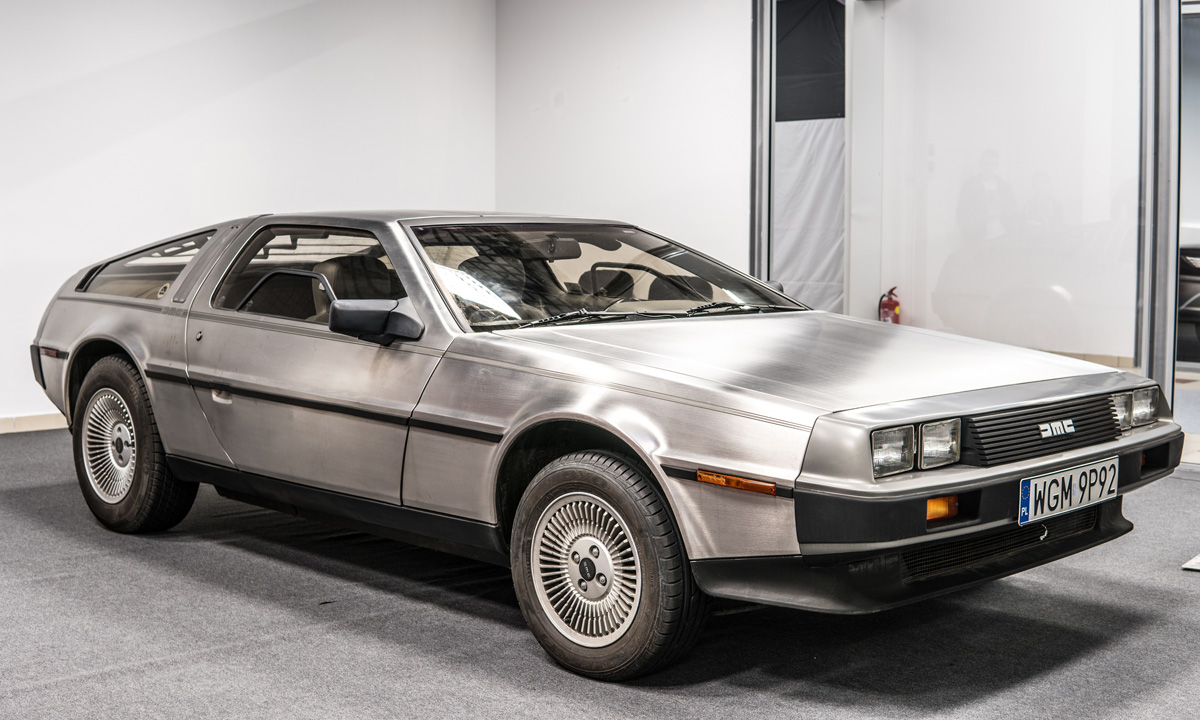
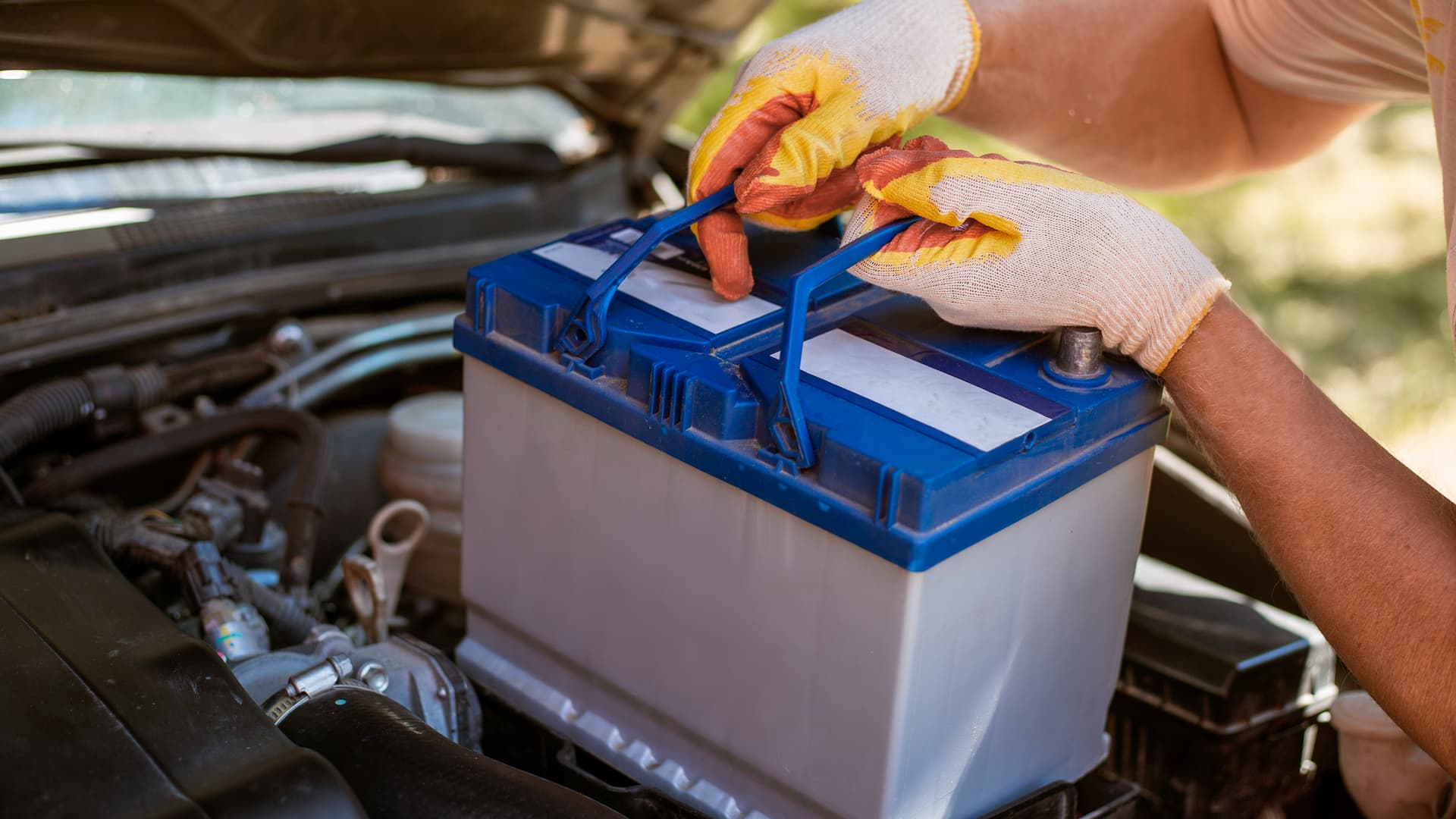


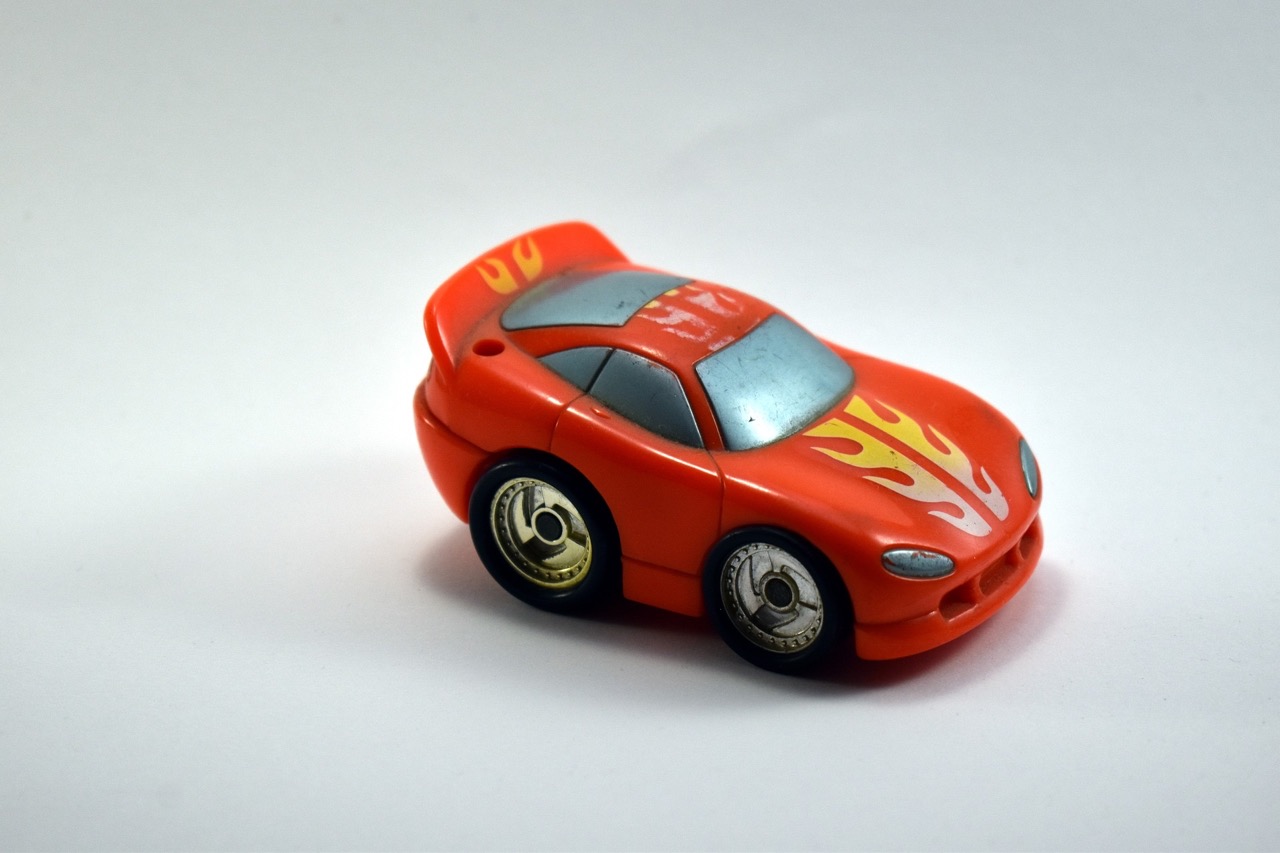

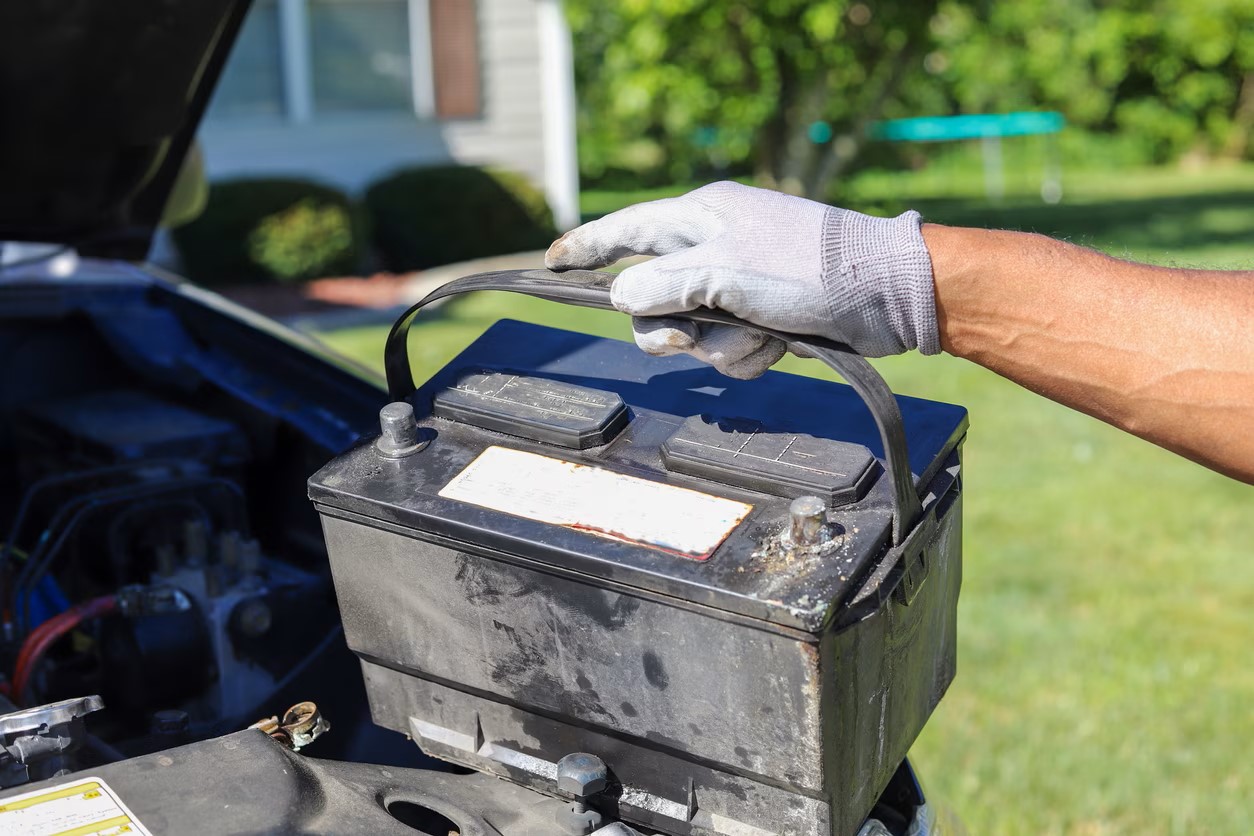
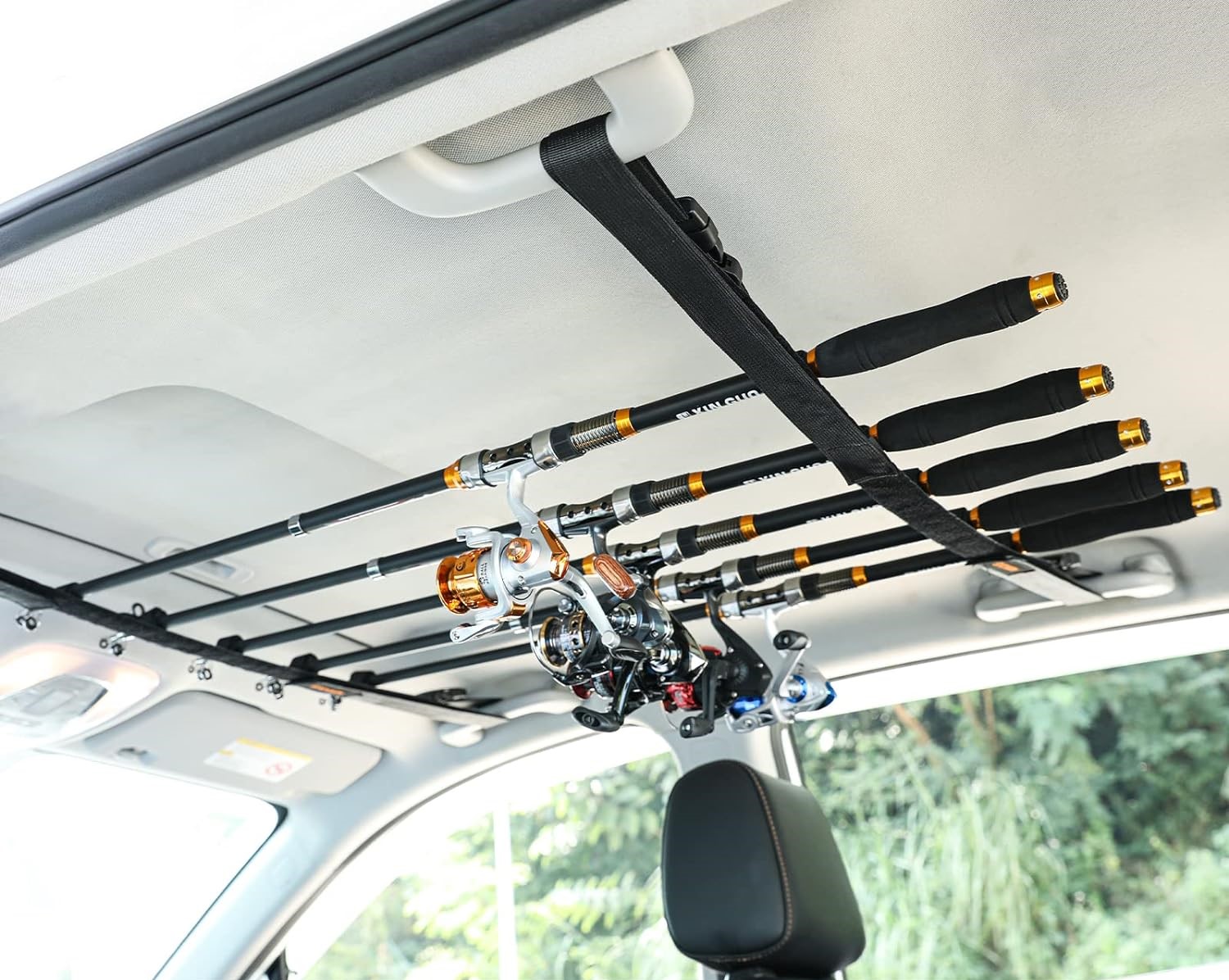
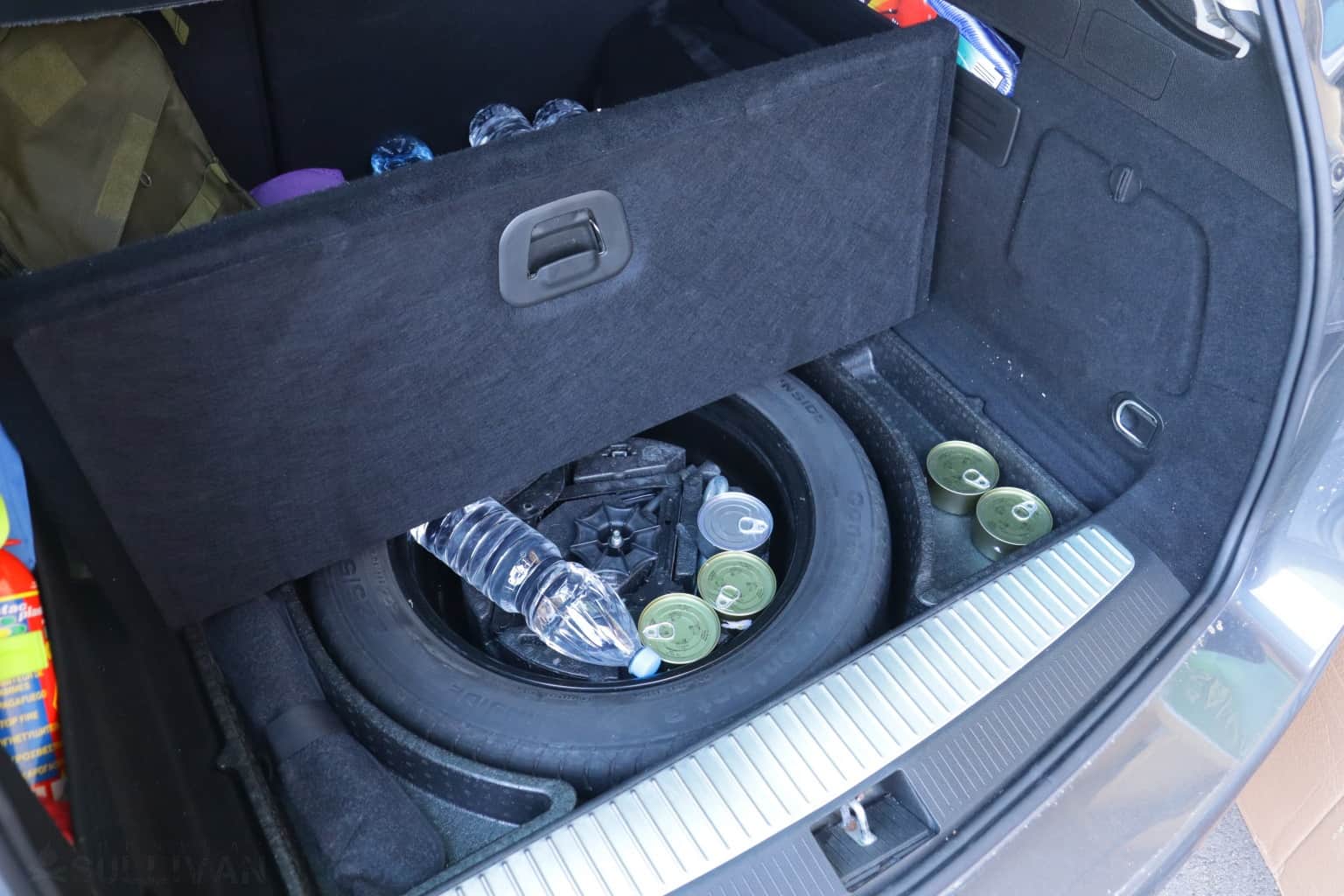
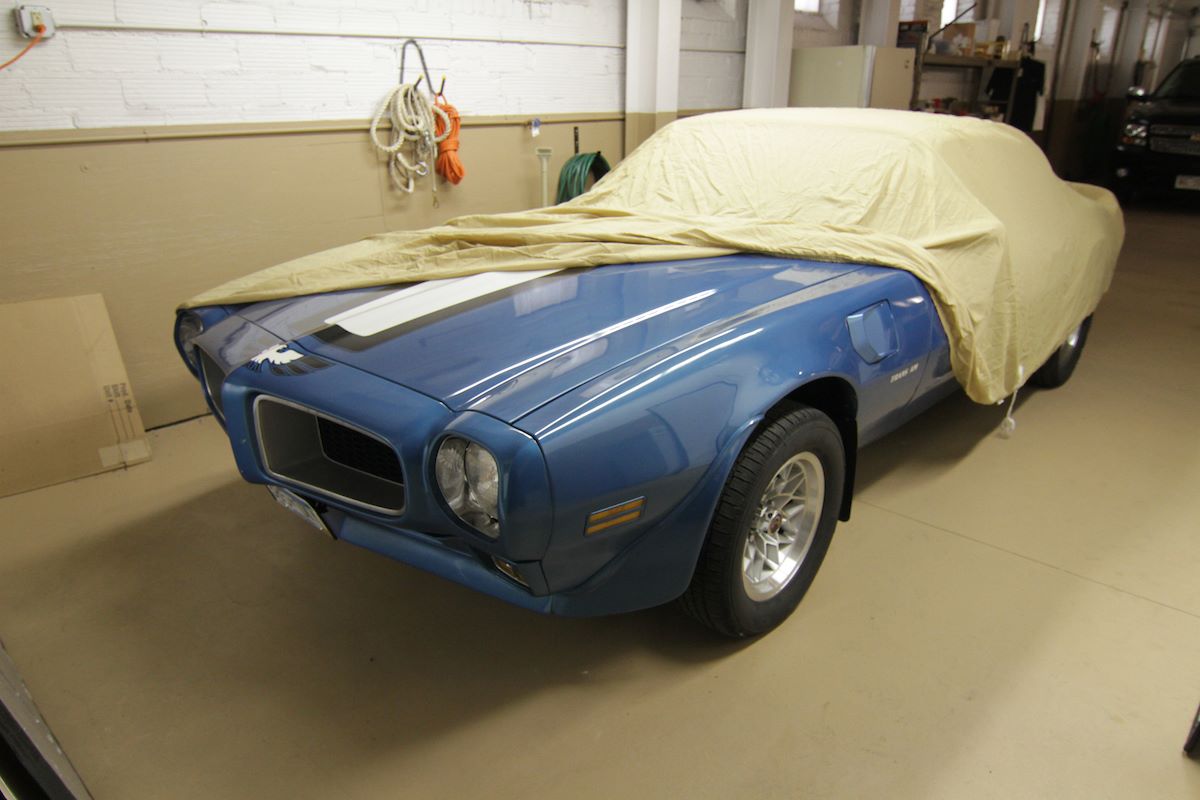
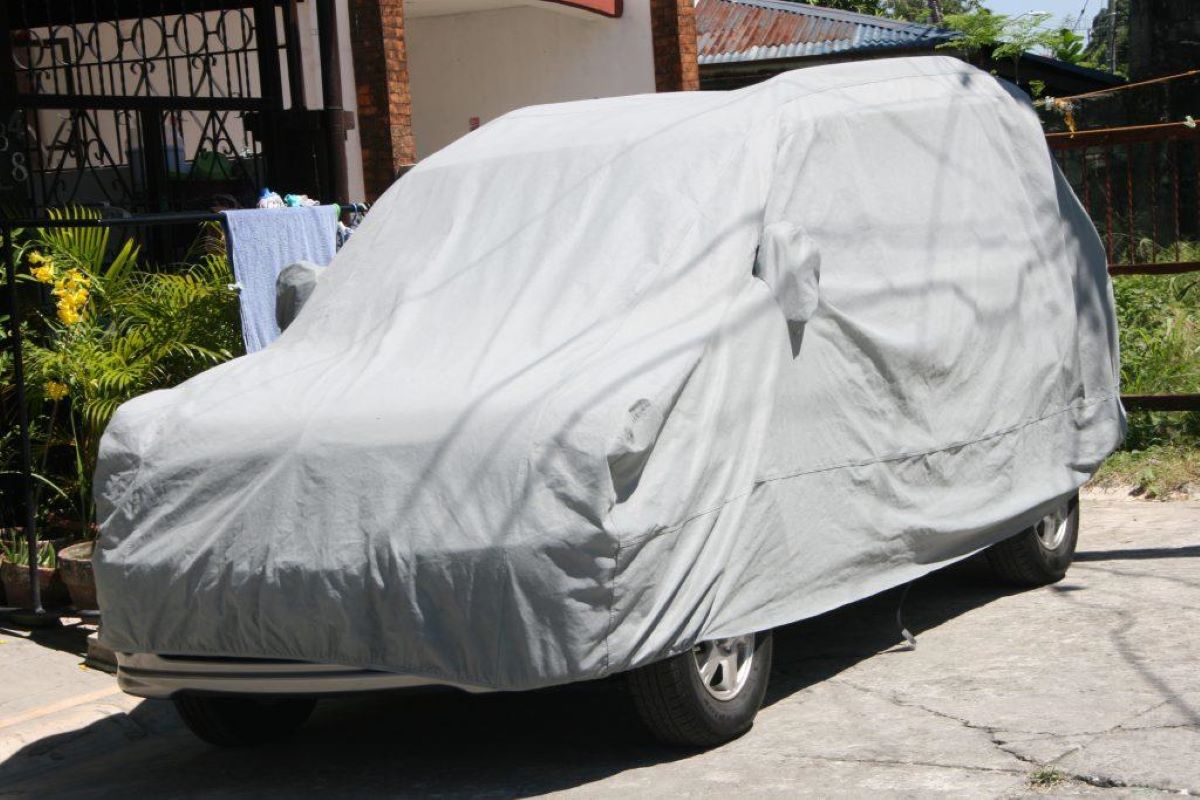
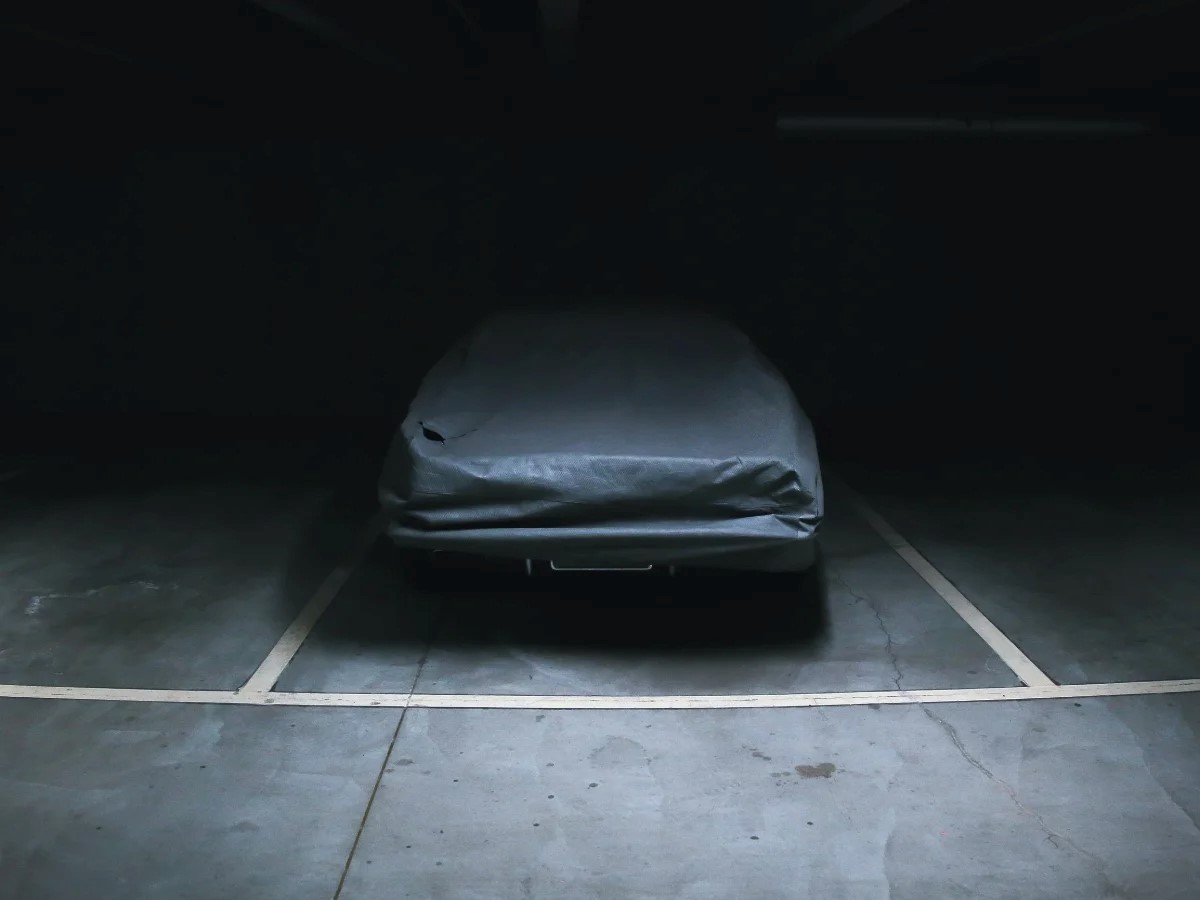

0 thoughts on “How To Store A Classic Car”